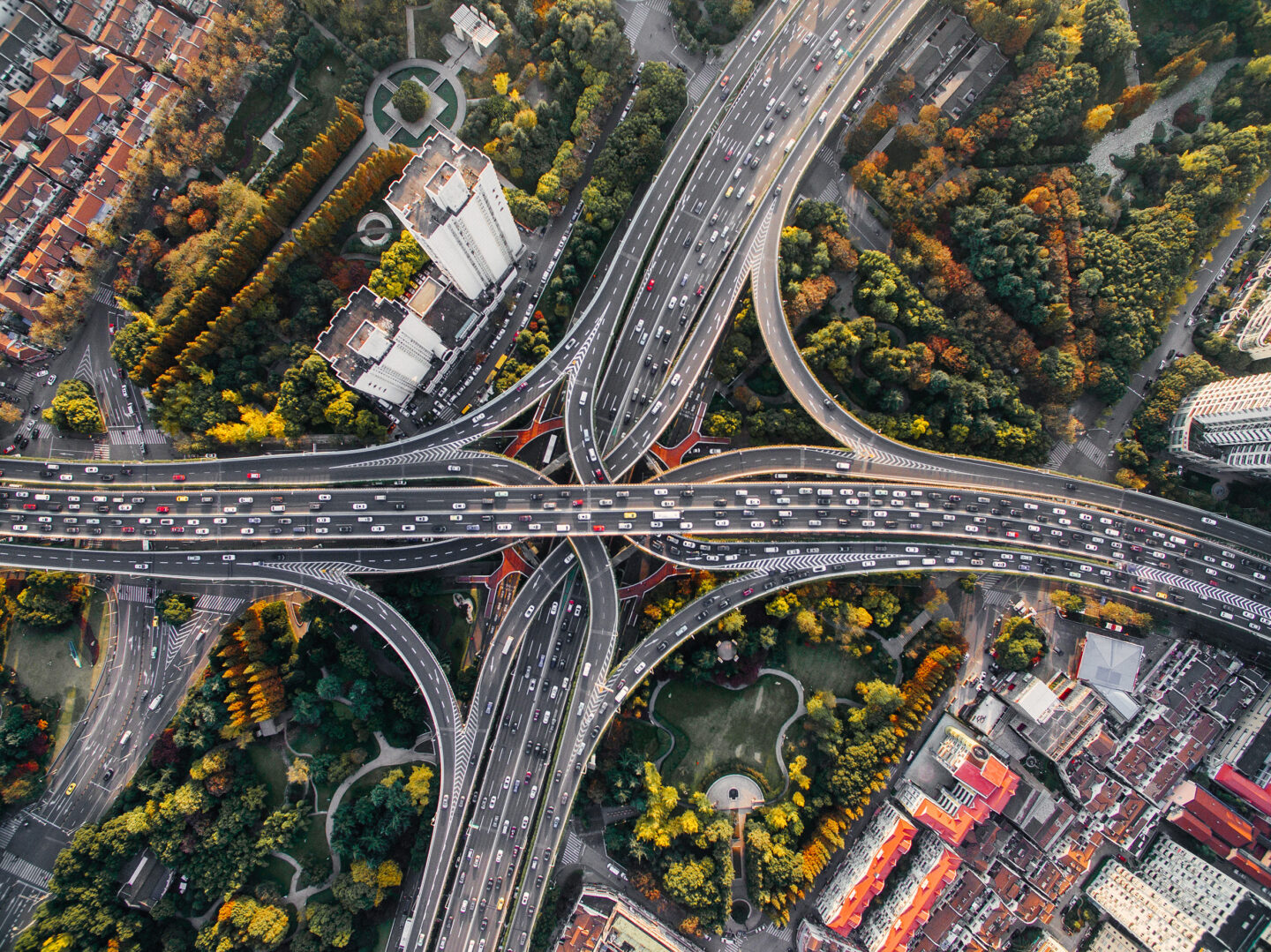The Stack in Los Angeles. (trekandphoto)
32 lanes, eight directions: how the Stack became the world’s first knotted freeway interchange
If Los Angeles freeways are arteries, the Stack functions like a pumping heart. The world’s first stack interchange — a meeting of freeways akin to a boating knot — became fully operational in September of 1953.
The Stack, as it became known, diverged from the cloverleaf design common at the time. Faced with the challenge of interweaving the 101 and 110 Freeways in a densely developed patch of Los Angeles, engineers built up, sandwiching layer upon layer.
Many people derided it as a monstrosity.
But as an engineering feat — 32 lanes flowing simultaneously in eight directions — it’s been widely regarded as a marvel, even beautiful. The L.A. Times once declared it “the most photogenic pile of cement in town.”
In the years since its debut, the stack interchange design has been replicated in cities around the world, with some adding even more layers. Five-level interchanges became so common in Texas — where everything is bigger — they were dubbed Texas-style stacks. Shanghai has one with six.

Denys Nevozhai
This article is from the California Sun, a newsletter that delivers must-read stories to your inbox each morning . Sign up here.
Get your daily dose of the Golden State.